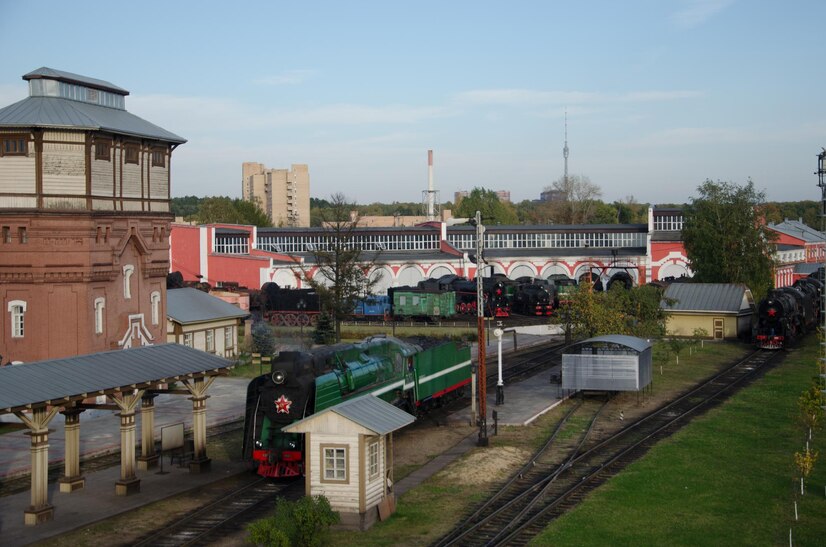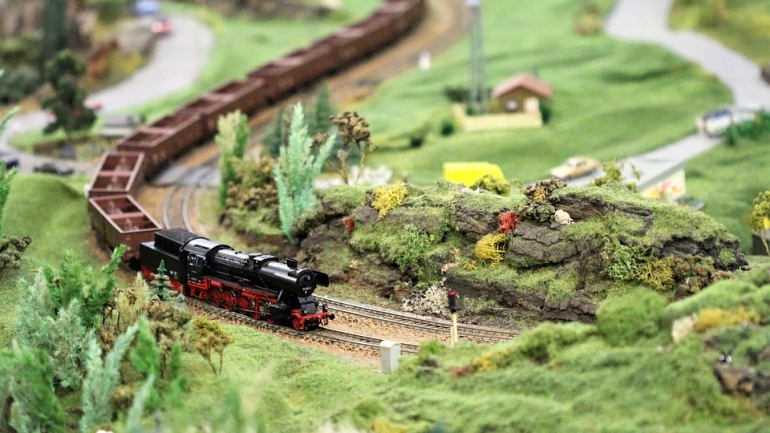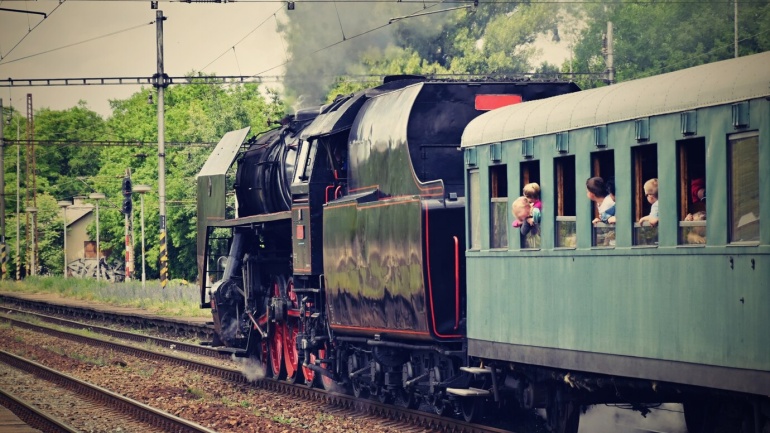Miniature world has something magical about them, the way trains move through hand-crafted landscapes, historic towns, and scenic countryside looks so pleasant. Building model railroad exhibits offers a unique blend of storytelling, engineering, as well as creativity. Whether you are a museum curator, lifelong modeler, or first-time hobbyist, the process of bringing a layout to life is rewarding, detailed, and more educational than you might expect.
In this post, let us check out the exciting world of exhibit building: how it starts, what goes into it, and why model railroad exhibits remain a powerful way to engage communities and celebrate history.
What Is a Model Railroad Exhibit?
A model railroad display is defined as a detailed installation of model trains and landscapes that represent real or imaginary railroads. An example of such a display may be small tabletop models or permanent installations set in museums. Some models are static, while others are interactive, live, and come with digitally controlled systems.
Behind every model train exhibit, a whole team of builders, designers, and storytellers assembles their vision into reality.
The Steps of Building a Model Railroad Exhibit
Whether you are working on a museum display or a personal project that might grow into something public, here’s a general look at the process of building model railroad exhibits:
1. Design the Theme and Create a Story
Will this exhibit depict a true Minnesota railroad historical site, such as a mining town or prairie depot? Or will it portray a fictional route replete with riotous scenery and fanciful elements? Here, in museum layouts, it may include:
- Historical map and photo research
- Talking to historians in the area
- Defining the educational objectives (that is, what will the visitors learn?)
- An identification of scale (HO, N, O, etc.)
The importance of a well-developed story is to provide purpose and direction to the layout.
2. Layout Design
Once the story was selected, the next step was designing how the trains would run and how the scenery would be placed, from the perspectives of:
- Track design: mainlines, sidings, yards, and tunnels
- Electric circuit plans: power, wiring, and lighting
- Access for maintenance and operations
- Visitor involvement space (particularly in museums)
Modelers use CAD programs or hand-drawn charts in the design.
3. Constructing the Benchwork
The benchwork is the sturdy framework that supports the layout. Museum exhibits require solid, durable benchwork that can withstand high traffic and frequent maintenance.
Builders use materials like:
- Plywood and dimensional lumber
- Foam board for lightweight landscapes
- Modular components for easy transport or updates
Durability, accessibility, and safety are all major considerations, especially in public settings.
4. Installing Track and Wiring Systems
With the major work completed, it is now time to install the track and electrical components. This includes:
- Gluing or nailing down tracks
- Soldering wires for power and controls
- Installing switches, signals, and sensors
- Testing for reliable train movement
In interactive museum settings, special wiring is added to allow button-activated train runs or automated shows.
5. Creating Scenery and Structures
This is where the artistic side shines. The landscape, buildings, vehicles, and people are carefully crafted to tell the story. Techniques include:
- Painting backdrops for the sky and hills
- Adding ground cover, trees, and water features
- Building or assembling miniature towns, farms, stations, and factories
- Placing figurines and animals for storytelling
Museums often tie scenery to local history. For example, a model of Lyon County might show farm life and the importance of railroads in rural Minnesota’s development.
6. Testing, Tuning, and Troubleshooting
Before an exhibit opens to the public, everything is tested thoroughly. Builders check:
- Train performance on all tracks
- Electrical consistency and DCC responsiveness
- Scenic durability and lighting
- Ease of visitor interaction
Small fixes like smoothing track joins or reattaching scenery are common before launch.
7. Adding Educational Elements
In public exhibits, educational signage and interaction are essential. Builders and curators collaborate to:
- Create informative signs explaining what’s on display
- Set up touchscreens, buttons, or audio tours
- Offer printed guides or scavenger hunts for kids
- Host demonstrations or live talks about how the display was built
This transforms the exhibit from a viewing experience to a full learning opportunity.
Challenges in Building Public Exhibits
Creating model train displays for public spaces presents some unique challenges:
- Durability: Exhibits must hold up under daily use, especially with curious children.
- Maintenance: Tracks, trains, and wiring need regular upkeep.
- Accessibility: Layout height and signage should accommodate all ages and abilities.
- Volunteer involvement: Many museums rely on passionate volunteers to build and maintain exhibits.
Despite the hard work, the joy of seeing visitors light up as trains chug past tiny trees and bridges makes it all worthwhile.
Get Involved in Exhibit Building
At places like the Minnesota Model Railroad Museum, there are opportunities to help build or maintain exhibits. Whether you are a seasoned builder or curious beginner, you can:
- Volunteer during the layout construction
- Assist with painting, wiring, or modeling
- Donate tools, trains, or funds
- Join a model train community and learn from others
By getting involved, you are not just building trains, you are building memories and educational experiences that last for years.
Final Thoughts
Building model railroad exhibits is a labor of love that blends craftsmanship, creativity, and community. It’s where history rolls forward, and every detail tells a story.
Whether you are visiting an exhibit or helping to create one, you will discover that these miniature railroads leave a big impression on minds both young and old.
Interested in learning more or seeing the process up close?Visit the Minnesota Model Railroad Museum to see real exhibits, meet passionate builders, and get inspired to start your own layout someday!


